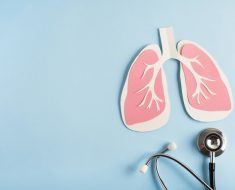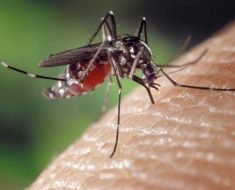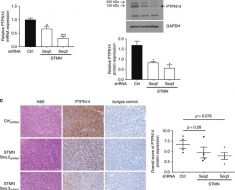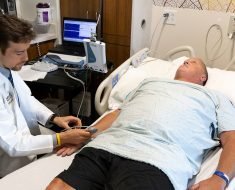Treatment of benign prostatic hyperplasia (BPH) depends on how enlarged the prostate gland has become and the extent of any symptoms the enlarged prostate may be causing.
In BPH, the prostate gland can eventually become large enough to place pressure on surrounding tissues and obstruct them. An obstructed urethra can cause symptoms such as difficulty or pain while urinating. In most men, the symptoms are mild to moderate and no immediate treatment is required. However, in some cases, the symptoms can become bothersome and require intervention.
Treatment outline for BPH
Examples of the recommendations for improving BPH range from lifestyle changes in mild-to-moderate cases to treatment with medication for more severe symptoms.
Lifestyle changes
These include:
- Not drinking liquids for at least two hours before bed, to minimize the need to urinate at night (nocturia)
- Not drinking alcohol and limiting caffeine consumption as these substances have mild diuretic effects and may worsen urinary symptoms.
- Exercising regularly. Research has shown that even just walking for 30 to 60 minutes a day can relieve BPH symptoms, although the exact reasons for this are unclear.
Bladder training
Bladder training can help patients with BPH improve control of their bladder and urinary sphincter muscles. The basic effect is a longer time interval between episodes of urination, as the strengthened bladder holds more urine. Bladder training should only be attempted in the presence of a medical supervisor.
Medication
Medication is usually used in combination with the suggested lifestyle changes in cases of moderate-to-severe symptoms of BPH and examples include:
Finasteride and dutasteride
These drugs are widely used in the treatment of prostate enlargement. They act by blocking the action of the male hormone dihydrotestosterone (DHT), which fuels the growth of prostate cells. As the gland reduces in size, symptoms gradually improve. Maximum benefit is only obtained after at least six months of use and the patient requires regular monitoring.
Alpha blockers
These drugs act by relaxing the bladder muscles, making it easier to pass urine. Examples of drugs in this class include tamsulosin and alfuzosin.
Surgery
Surgery is generally reserved for moderate-to-severe cases of BPH that have not responded to medication.
One of the most common surgeries performed is trans-urethral resection of the prostate or TURP. TURP involves the removal of excess prostate tissue that is obstructing the urethra and placing pressure on the bladder. The surgeon passes a thin tube into the urethra via the opening at the tip of the penis. The tube is equipped with a camera and a light to allow proper visualization of the inside of the urethra and an electrically heated wire loop is used to cut away and remove any pieces of excess tissue.
However, a side effect of TURP is the inability to produce semen on ejaculation, as sperm enters the bladder instead of the penis. In addition, around 10% of men who undergo TURP experience urinary incontinence as a side effect and urethral stricture (narrowing) occurs in around 4%. Also, an irrigation fluid called glycine is used during the TURP procedure to flush away blood and debris. This glycine can become absorbed by the bloodstream, leading to TURP syndrome which can give rise to symptoms such as dizziness, headache, nausea, swollen abdomen, disorientation and slowed heart rate.
New alternative surgical methods that may cause less side effects than TURP include bipolar transurethral resection of the prostate and holmium laser enucleation of the prostate. These procedures avoid the use of glycine, reducing the risk of associated TURP syndrome.
Sources
- www.nhs.uk/Conditions/Prostate-enlargement/Pages/Introduction.aspx
- www.auanet.org/…/Benign-Prostatic-Hyperplasia.pdf
- http://prostatecanceruk.org/media/41599/enlarged_prostate_booklet.pdf
- http://www.urologyhealth.org/content/moreinfo/bphtreatment.pdf
- kidney.niddk.nih.gov/…/ProstateEnlargement_508.pdf
- http://www.uroweb.org/fileadmin/user_upload/Guidelines/11%20BPH.pdf
Further Reading
- All Prostate Cancer Content
- Prostate Cancer
- The Prostate
- Prostate Cancer Risk Factors
- Prostate Cancer Screening
Last Updated: Feb 27, 2019

Written by
Dr. Ananya Mandal
Dr. Ananya Mandal is a doctor by profession, lecturer by vocation and a medical writer by passion. She specialized in Clinical Pharmacology after her bachelor's (MBBS). For her, health communication is not just writing complicated reviews for professionals but making medical knowledge understandable and available to the general public as well.
Source: Read Full Article





